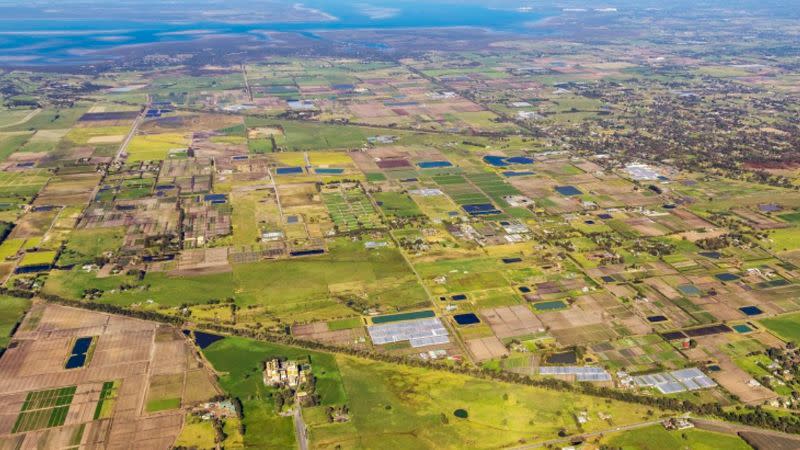Resources
Newsletter
Stay up to date and with the latest news, projects, deals and features.
Subscribe
Sales in Melbourne’s greenfield growth corridors have fallen to their lowest level in two years but the slide and a future outlook of subdued activity have failed to dent lot price growth.
In the face of mounting headwinds, new research indicated the market was already pivoting with more offerings for townhouses, small lot housing and downsizing of conventional lots.
Sales volume across the Melbourne and Geelong growth areas fell 14 per cent to 4534—down 41 per cent year-on-year—according to the latest RPM data for the June quarter.
The slowdown continues the market stabilisation following record growth levels and marks a return to the historical average of 4500 sales per quarter.
Significantly, however, the sales back-off has not dampened price growth with the median sale price up 3.6 per cent to $379,000, translating to 9.6 per cent growth this year to date.
RPM managing director of project marketing Luke Kelly said buyers were now faced with multiple challenges that were not present in the market two years ago.
“Many buyers have been forced to reassess their borrowing capacity and re-evaluate their buying decisions in light of interest rate rises, including the most recent 0.5 per cent increase in the cash rate to 1.85 per cent,” he said.
“At the same time, they are facing increasing residential construction costs, rising living expenses fuelled by inflation and higher home loan repayments.
“This is leading to a subdued market in the coming months, with a number of prospective buyers deciding to sit on the sidelines as a result of the uncertain climate, resulting in declining month-on-month sales activity.”
But Kelly said the new home market was already adapting to the challenges.

“We have already seen this represented in sales activity for the second quarter, with new releases incorporating smaller lot sizes in their offering and accounting for more than two thirds of sales,” he said.
“This will help to buttress the fall in vacant lot sales heading into the second half of 2022.”
Kelly said there was a case for cautious optimism given the expected return of migration, low rental vacancy rates, and demand from developers in the englobo sector.
“This is not a long-term slowdown as market fundamentals remain sound and developers are already showing innovation in their product offerings,” he said.
“We’re seeing developers invest in new premium greenfield sites for affordable lifestyle communities as they position themselves for the recovery.”
Research from Oliver Hume also indicated “the extraordinary conditions of the last couple of years are behind us” and the next 12 to 18 months would see a gradual return of more normal market conditions.
“However, while interest rates and other headwinds are expected to continue dominating market activity over the short-term, the characteristics of the next phase of the cycle are coming into view,” Oliver Hume head of national research George Bougias said.
“These characteristics include extremely low levels of unemployment, a return to long-term population and economic growth trends (driven in part by the reopening of international borders and the return of overseas migrants) and increasing housing shortages (vacancy rates are already at near record lows in many markets).”
RPM managing director of transactions and advisory Christian Ranieri said historically the englobo sector had been insulated from the problems impacting the broader market.
“Greenfield development sites, particularly around Melbourne, are scarce and developers need to buy sites even during downturns to ensure they have a pipeline,” he said.
“These factors, including the continued strength of the industrial market, recently dubbed the tightest market in the world, mean the englobo sector won’t see the same downturn as the residential land market.”